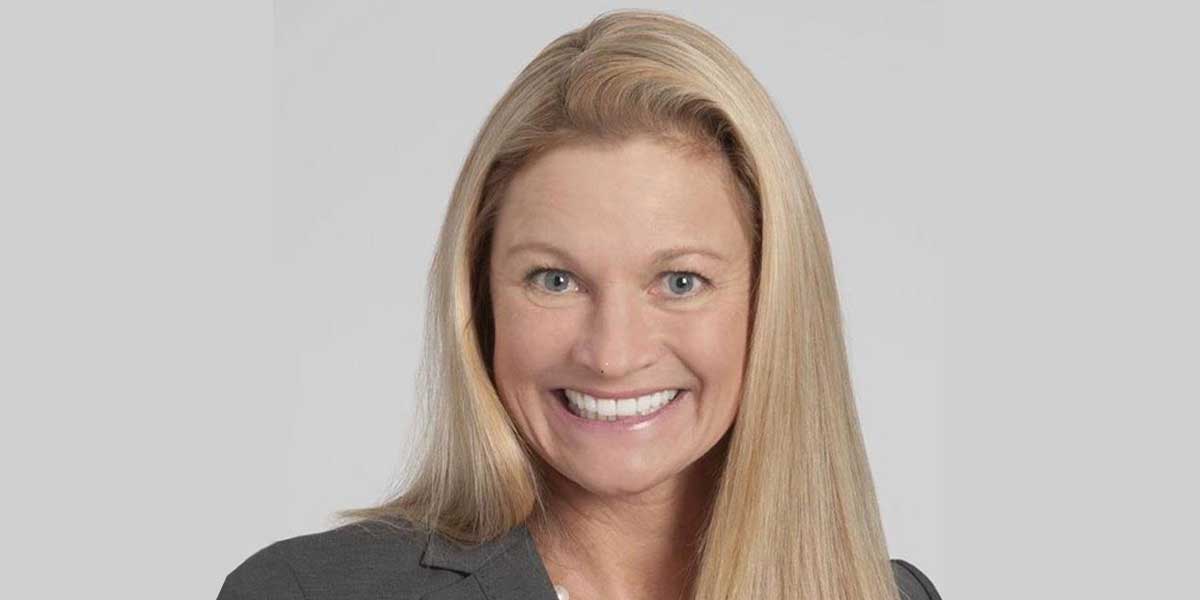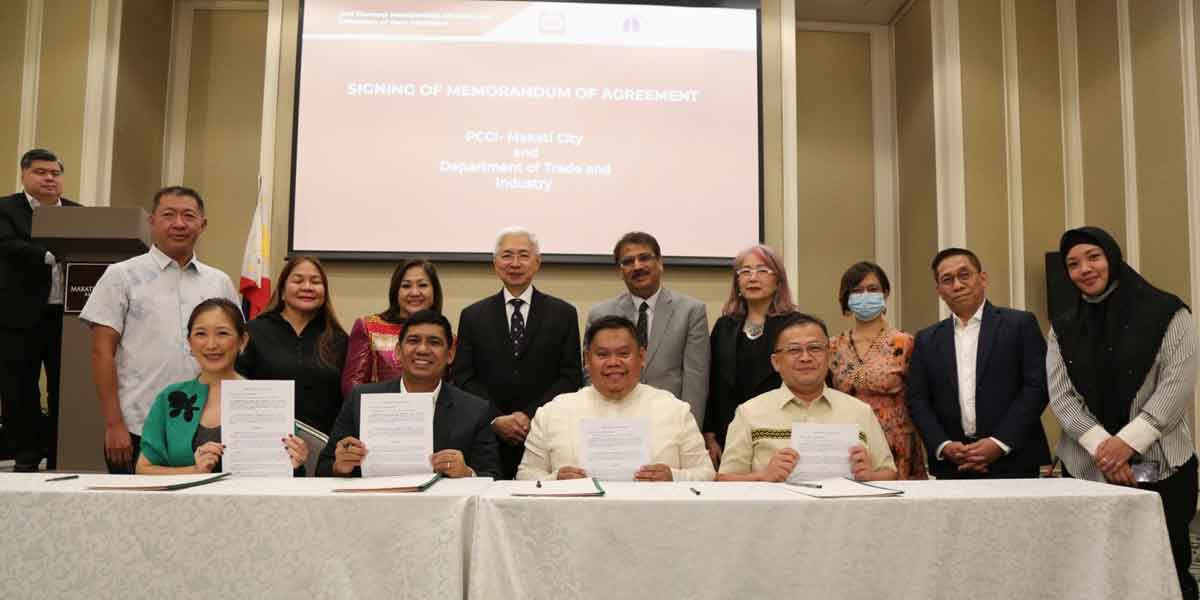
New methods to assess a patient’s risk factors for developing breast cancer are rapidly emerging, and include precision tests to identify small genetic changes called single nucleotide polymorphisms that work in summation to raise risk; research into the influence of the gut microbiome; and employing artificial intelligence (AI) to analyze data from mammograms, according to an expert from a top American hospital, Cleveland Clinic.
Holly Pederson, MD, Director of Medical Breast Services at Cleveland Clinic, shared insight into these developments with the global medical community at the Family Medicine Conference as part of Arab Health’s online program, which runs until the end of February.
“We are in the infancy of genetics in medicine, and breast cancer is at the cutting edge because it was one of the first diseases to be studied,” Dr. Pederson says.
She explains that the majority of breast cancer occurs in people who do not have genetic mutations passed on from their parents, so this needs to be kept in mind when stratifying risk. “While genetic mutations such as BRCA1 get a lot of public attention, at least 2/3 of breast cancer cases are unrelated to known risk factors. In our efforts to identify the unknown risk factors, an exciting recent area of research involves single nucleotide polymorphisms – or SNPs, pronounced ‘snips’,” she says.
“SNPs are common genetic changes that individually do not confer a large level of risk, but in aggregate, called the ‘polygenic risk score’ or PRS, can really influence risk. The PRS can help substratify risk in patients who carry genetic mutations; in non-carriers with family history; in currently diagnosed cancer patients making surgical decisions; and may ultimately help to identify low-risk patients.”
According to Dr. Pederson, there are over 300 SNPs and individuals inherit one copy (or allele) of each gene from each parent so their unique combination of SNPs could be totally different from that of their siblings.
She points out that the use of the polygenic test score will enter the clinical realm in the next couple of years, once better validated in non-European populations and that the trend will move toward broader and earlier genetic testing overall, including that driven by the patients themselves.
The polygenic risk score can be useful for women across the conventional risk spectrum, Dr. Pederson says. “Take, for example, women who carry high-risk genes such as BRCA1 — while they know they have more than a 50% lifetime risk of developing breast cancer, a polygenic risk score is one more piece of information to aid in decision-making, as risk could vary between 50% and nearly 100%,” she says.
She adds, “In carriers of moderate-risk genes, such as CHEK2, a patient may be told she has somewhere between a 20-30% lifetime risk, but in reality, this could be as low as 6.6% or as high as 70.6% risk. In these cases, a polygenic risk score will help to substratify risk, and influence the uptake of risk-reducing medication, which is vastly underutilized.”
Similarly, she says, women who are non-carriers of gene mutations might have an estimated lifetime risk as low as 2.5% or as high as 62%.
Gut microbiome and AI
In addition to SNPs, research into the gut microbiome is another exciting area that may influence the development of breast cancer, as has been demonstrated for other cancers, says Dr. Pederson. “When researchers studied tissue from women who had breast cancer surgery and those who had a conventional breast reduction, they found the biologic content was very different. We know that gut microbes and host immunity contribute to many diseases, so research is investigating whether there are similar interactions between the breast microbiome and local immune responses that will influence the development of breast cancer.”
Looking to the future, Dr. Pederson believes there will be increased focus on breast density and texture in risk estimation. “In this regard, artificial intelligence (AI) is being used to identify texture patterns to determine high-risk women, and this is an exciting new addition to mathematical risk models and genomic assessment,” she says.
Dr. Pederson points out that in all of these developments, there will need to be considerable educational effort around communicating risk information to support patients, primary care physicians and the entire multidisciplinary breast cancer team in their clinical decision making.
“Breast cancer is the most common cancer in women worldwide, so if we can identify those who are at high risk, they can be more proactive, and this could ultimately reduce the number of cases and deaths,” she concludes. “This might mean that, in consultation with their physician, they are screened more often — for example, alternating between mammograms and MRI at six-month intervals — or they might opt for medication, or even surgery in the highest-risk cases.”






















